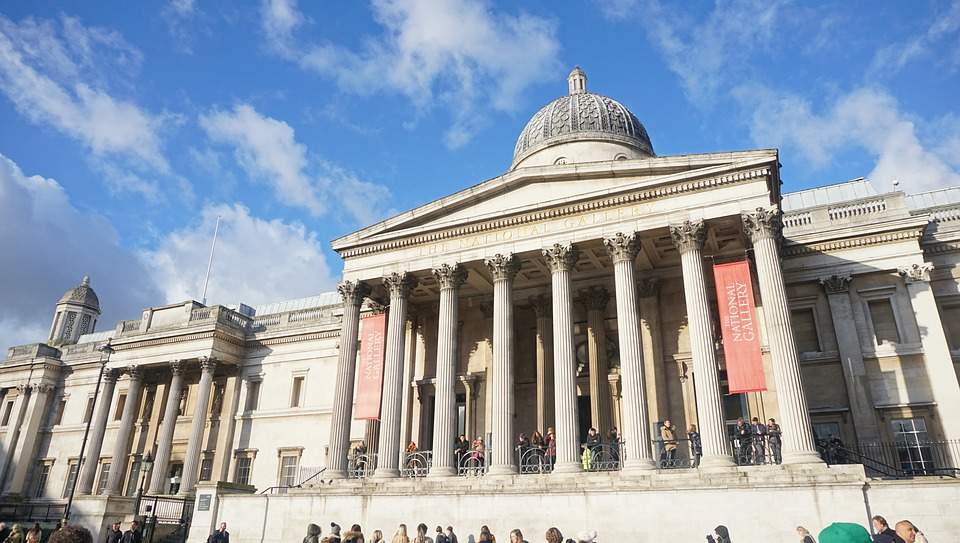Admiring Botticelli’s Primavera or entering the Colosseum and “imagining a theatrical performance in the days of ancient Rome” are activities that come at a cost, writes Carmen Baffi in an article published in the print version of The Post International (TPI), regarding the debate on free museums. However, it seems necessary to clarify the content of the article, which reports many incorrect or outdated numbers. Meanwhile, not all national museums in the United Kingdom are directly supported by the Department for Culture, Media and Sport (DCMS), as written in the article: this is true only for those located on English soil (15 in all), while those located in Scotland, Wales and Northern Ireland are funded by the governments of their constituent nations. Museums identified as “DCMS-Sponsored,” i.e., those that receive resources directly from the Department of Culture, had 47.6 million visitors in 2019 (not 47,647 as the piece reported: the number on Statista given by TPI was in thousands).
The total income generated by UK museums in 2019 was £897.5 million, not £59 million as Carmen Baffi reports (this figure refers to ticketing revenue), and it is at least impossible that UK museums in 2019 employed 51 million people as written in the article (a figure higher than the entire working population of the country). In Italy, on the other hand, there are no 4,976 museums (there were 4,976 in 2015): according to the latest surveys, published in 2022 and related to 2020, Istat had fewer museums open, or 4,265 (down from previous years in all likelihood due to Covid closures).
As for the figure on the possible shortfall that the budget of the Italian Ministry of Culture would have if it decided to make access to all state museums free of charge, the figure is correct: we note with pleasure that, regarding the considerations on the applicability of the British model in Italy, Carmen Baffi and Finestre sull’Arte have the same sources, probably those used in an article by Federico Giannini, not cited by TPI despite the often identical vocabulary, who had addressed the issue in 2019. And again Baffi has with all evidence not only the same sources as Finestre sull’Arte, but also the same translators (who used the same phrases), where he reports in the box the news of Germany guaranteeing a billion euros to cultural institutes for the energy crisis, news that as of the date of publication of the article only our paper had reported on the Italian web.
Again, the National Museum System was not “born” in 2014 (Baffi perhaps confuses the National Museum System with autonomous institutes, defined in DPCM 171 of Aug. 29, 2014), but was first officially defined in the DM of Dec. 29, 2014, but was activated only in 2018 with the Ministerial Decree of Feb. 21 on “Adoption of Uniform Minimum Levels of Quality for Publicly Owned Museums and Places of Culture and Activation of the National Museum System.”
Finally, as for data on museum workers, the article still mentions statistics without mentioning the reference year: the latest Istat surveys, again those for 2020, record 47,965 employees in Italian museums before the lockdown and 41,835 after.
Image: the National Gallery in London
 |
| Debate on free museums. Numbers are not opinions, at most they generate them |
Warning: the translation into English of the original Italian article was created using automatic tools. We undertake to review all articles, but we do not guarantee the total absence of inaccuracies in the translation due to the program. You can find the original by clicking on the ITA button. If you find any mistake,please contact us.